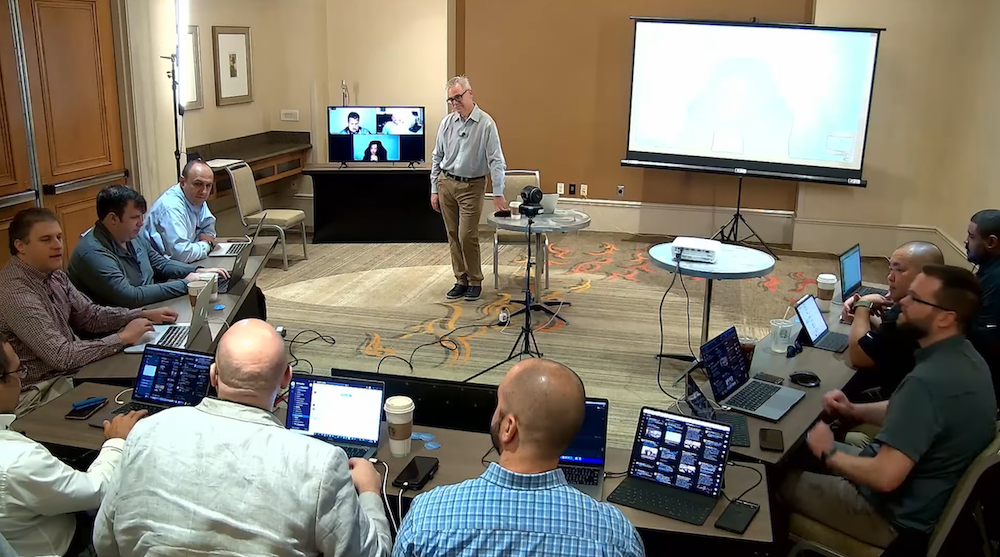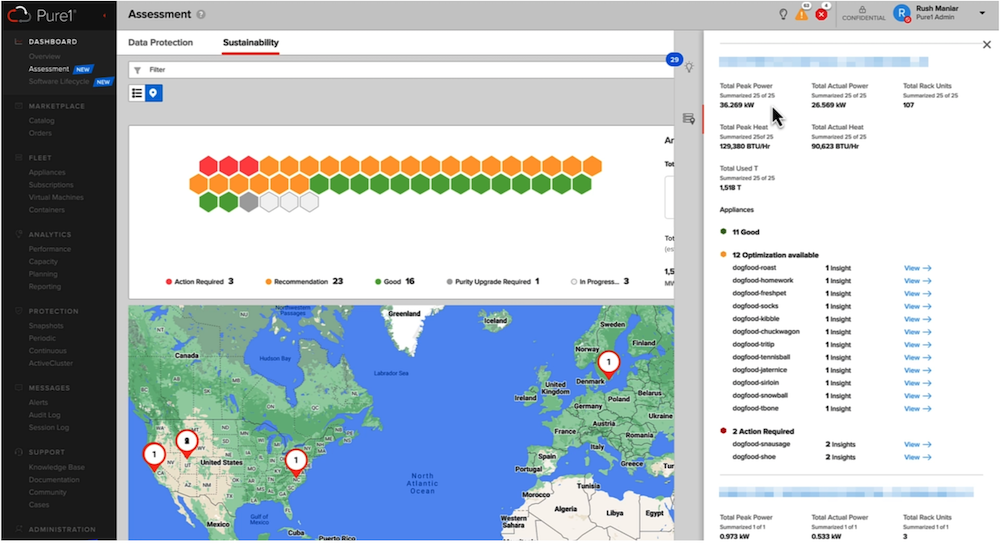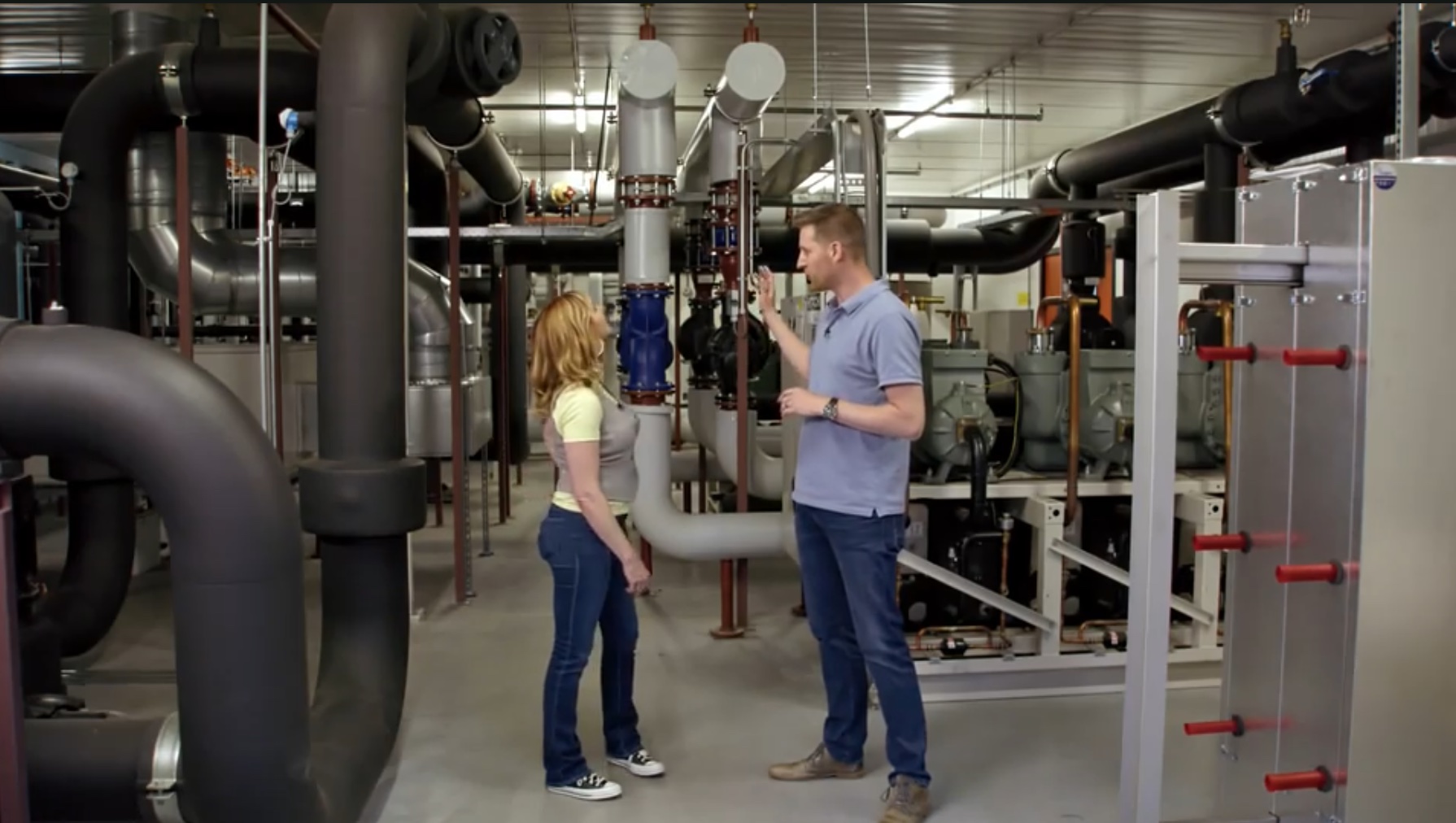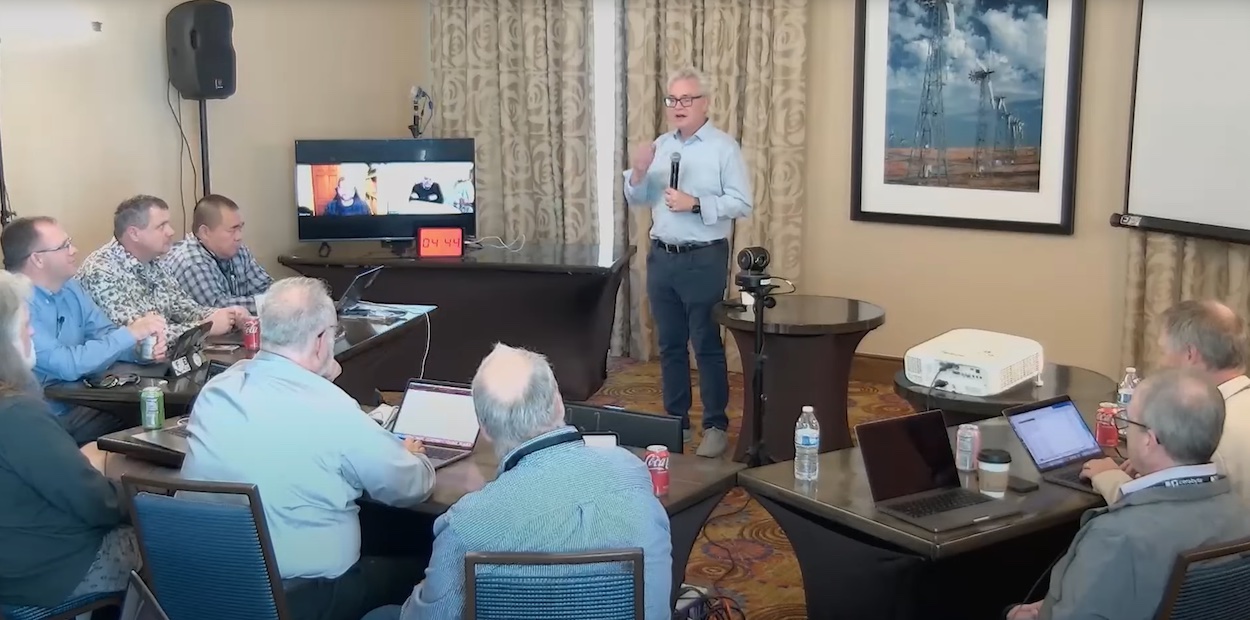No one needs convincing that there is a climate change happening globally – record high temperatures, catastrophic forest fires and changing weather patterns are evidence of that. And it will deteriorate if our practices continue unchecked. But the silver lining is that for the last few years, the level of awareness and advocacy for the environment has risen, and that has brought issues like ESG that have been marginal for decades into the center of discussions.
At the recent Tech Field Day event, Stephen Foskett and the attending panel of delegates, coming from different walks of IT, tapped into the topic of sustainability in IT. The discussion- It’s Time to Talk About Sustainability in Enterprise IT! A Field Roundtable – drilled down into the heart of it to find out if it’s really a corporate practice or just marketing hype created to gain advantage over competitors.
Understanding the Acronym
For those of you who don’t know, ESG stands for Environmental, Social and Governance. Together, they are a set of standards by which a company’s environmental, social and governance policies are evaluated to measure it’s sustainable and ethical impacts and determine the risks it’s posing.
While the ‘Environment’ in ESG has shot to stardom in the recent years, it’s equally important to remember that ESG goes beyond just environment. As Stephen Foskett points out early in the discussion – “Because it’s sustainable and green doesn’t mean it’s ESG, unless you’re addressing the social and governance aspects as well.”
The Anatomy of a Crisis
Back to the topic of discussion, the tech sector is one of the major contributors of carbon emissions in the world. It may not have surpassed the devastating impacts of industries like fashion and airline, but IT’s carbon footprint is well on the rise.
E-waste has grown each year at an alarming rate. The crisis has thickened as a result of overproduction leading to excess resource consumption and eventual environmental pollution caused by waste. Every year millions of new computers hardware are manufactured, and with that thousands old ones are discarded. 70% of those items that end up in the landfill are prematurely decommissioned. Still reusable, they are rich sources of raw materials. Just recycling these items could cut down significant waste production and power consumption.
Datacenters make up the other half of the problem. As robust infrastructures, they account for over 3 percent of the global power consumption. Servers rely on energy sources to run, and as the equipment heat up, they need more energy to cool down. and As a result the GHG emissions of the datacenter devices are equally substantial. Records state that datacenters release 2% of the global emissions yearly. That may not sound as bad on its own, but it’s about as high as the airline industry which is infamous and decried for its CO2 emissions.
The Forces of Change
So why have we turned a blind eye to something so compelling and potentially catastrophic for so long? Until recently, the impacts of global warming weren’t so palpable, or personal. As Enrico Signoretti explained, “The cost of energy is huge. So now everybody is looking at ways to reduce their energy bills. It had to touch the IT budget so dramatically for everybody to be worried about climate change. That was not the case in the past.”
So now that companies are acting on it, is it to only to protect their own interests? Evidently, it is in the interest of companies like hyperscalers to hit the brakes on carbon footprint because that makes a huge difference to their profitability. Low energy consumption equals lower TCO and that means, greater gains, and a bonus of emission cuts.
Looking from an economic perspective, it seems unconvincing that corporations’ environmental accountability is a manifestation of real good intensions. Do companies say they want to be more green because there is a certain profit aspect tied to it, or is it a true awakening caused by the devastating ramifications of global warming? It’s really not any one isolated factor, but rather a culmination of many reasons.
Putting a pin on the monetary incentive for a later day, building more energy-efficient infrastructures is incumbent upon hyperscale providers simply because a consistent power supply is not ubiquitous. As Craig Rodgers points out, datacenters are gigantic establishments, and they are mostly stationed in parts of the world where power disruptions are common. So, that’s one of the drivers of building energy-efficient infrastructures.
The good thing is, sustainability and economic growth are not mutually exclusive, nor are they incompatible. They can go hand in hand and still control ecological footprints of a business.

Sustainability Not as a Goal but a Way of Being
So is sustainability in IT worth the hype? Should companies follow the trend and invest in supposedly green technologies, because they come for a steep cost, no less! Or should companies work on optimizing their current infrastructures to achieve the minimum sustainability goals?
While a lot of opposing answers came up, one thing that the panel strongly agreed on was that overhauling the infrastructure is not the path to sustainability. Disposing off a hardware while it still has shelf life for a more eco-friendly product will only perpetuate the problem. So, the best possible approach would be to increase utilization, so that when you finally make the upgrade, you’re able to drive down power consumption – and it’s a fully sustainable choice and an economically sound one too.
Thankfully, there are some ways in which organizations can do this- with support contracts and value tier offerings from some vendors that that give older and expired units new lease of life. So the takeaway here is to not go for the latest and greatest technologies because it promises to be green or better-performing, unless it truly makes sense for your infrastructure or use case.

Sustainable manufacturing has brought to the market endless choices in hardware, and they may not all be equally sustainable, but there are more choices in that respect than there ever was before to upgrade to that fully green, energy-efficient and low-emission infrastructure.
Wrapping Up
Sustainability is a recurrent theme in enterprise IT today and it is, for good reason. Datacenters are guzzling massive amounts of energy and emitting cringe-worthy levels of CO2. That puts every company in the industry under the obligation to conscientiously whittling down those numbers by adopting green, environmentally sustainable policies, be it by using more power-efficient CPUs or going serverless, by staying away from CAPEX infrastructures or simply getting more use out of old equipment. Unsustainable practices have besmirched the IT industry’s reputation for long. It’s time for organizations to come together to make that concerted push towards green IT.
For more interesting takes on sustainability be sure to watch It’s Time to Talk About Sustainability in Enterprise IT! A Field Roundtable till the end, and check out more Roundtable discussions on current topics from the recent Tech Field Day event.




